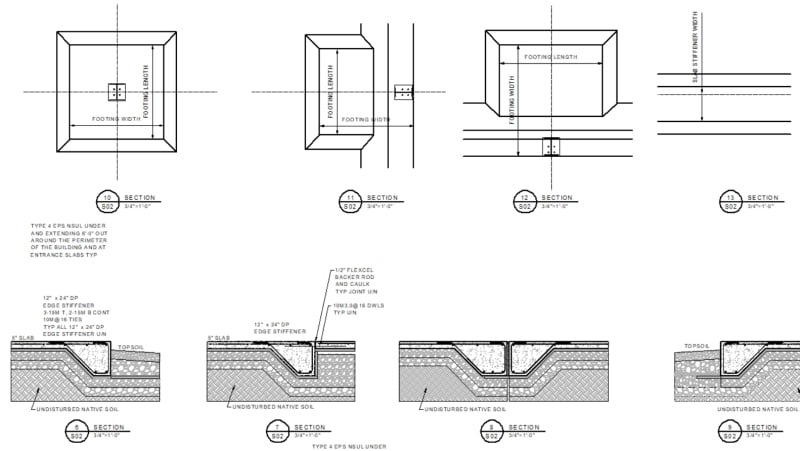Hello everyone,
We have a big Warehouse with superficial square 2ft deep footings. What are your thoughts about having an 8" slab on ground poured directly over the footings? Do you have any Code / Manual requiring any depth of sand or anything else between footing and slab?
I appreciate your help!
We have a big Warehouse with superficial square 2ft deep footings. What are your thoughts about having an 8" slab on ground poured directly over the footings? Do you have any Code / Manual requiring any depth of sand or anything else between footing and slab?
I appreciate your help!

